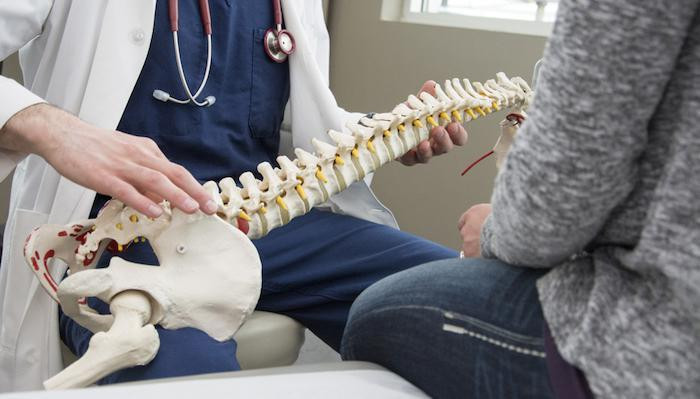5 Ways to Overcome Spine Pain Without Surgery

Nearly 65 million Americans experience back pain. And, for 16 million adults — or 8% of the adult population — these symptoms become a persistent, chronic problem.
At Valley Neurology and Pain, our award-winning team relies on cutting-edge, interventional treatments for acute and chronic pain. If you have spine pain, here are five treatments that can provide relief, and no surgery is required.
1. Therapeutic injections
One common approach to relieving spine pain involves targeted injections. This approach ensures you receive the medication you need directly at the source of the problem.
There are numerous interventional injections that can address inflammation and pain in the spine, whether you have issues in a joint, tendon, ligament, or muscle. Many injections rely on anesthetic and anti-inflammatory medications to reduce pain and inflammation.
Depending on the cause of your spine pain, we could recommend:
- Facet joint injections
- Epidural injections
- Trigger point injections
- Nerve blocks
At Valley Neurology and Pain, we have both steroidal and nonsteroidal therapeutic injections. With steroidal injections, we use corticosteroids. With nonsteroidal injections, we use homeopathic anti-inflammatory medications.
2. Radiofrequency ablation
This spine pain treatment is also considered an interventional injection. However, instead of injecting medication into the treatment site, radiofrequency ablation addresses nerve pain by disabling the nerve with heat. When disabled, the nerve can no longer send pain sensations to your brain, which can reduce or eliminate pain for months at a time.
Radiofrequency ablation usually takes 30-90 minutes, and you receive mild sedation to keep you comfortable and relaxed during the process. We can treat one or more nerves at a time with this approach, and you can go home the same day.
3. Regenerative therapy
Sometimes the best solution for pain involves healing damage within the body, which is the goal with regenerative medicine.
Regenerative therapy treatments help activate the healing processes within the body. To accomplish this, we harvest natural growth factors from the human body, such as from your blood. Then we deliver these growth factors to the area with damage or disease. Once introduced, they trigger the body's ability to heal by reducing inflammation and producing new, healthy cells.
There are different types of regenerative therapies, including the following:
- Platelet-rich plasma therapy can help heal muscles, tendons, and connective tissues
- Amnion (stem cell) therapy can help repair damage to joints and tendons
- Bone marrow concentrate can help treat tendon injuries and osteoarthritis
The treatment we recommend will depend on the cause of your spine pain.
4. Manipulation under anesthesia
Manipulation under anesthesia (MUA) can provide dramatic results in a very short period of time. This noninvasive treatment involves physically manipulating the body while the patient remains relaxed and mildly sedated.
During MUA treatment, your provider performs:
- Deep tissue massage
- Short lever manipulations
- Passive stretches
- Strategic muscle, joint, and tendon movements
By incorporating sedation into this treatment, your provider can reach a deeper level of tissue penetration. This, in turn, can allow your provider to break up scar tissue and fibrous adhesions that may be causing pain and limiting your spine's range of motion.
5. Spinal cord stimulation trials
We also offer spinal cord stimulation trials for spine pain that doesn't respond to more conservative treatments. Spinal cord stimulation works by disrupting the pain signals the problematic nerve sends to your brain.
While getting a spinal cord stimulator implanted permanently involves a minimally invasive surgical procedure, the trial phase does not. In the trial phase, we use a hollow needle to carefully insert temporary electrodes in the epidural space near your spine. Then you wear a small battery pack outside your body, often on a belt.
A spinal cord stimulation trial typically lasts about a week, so you can see if it helps with your pain. If it reduces your pain by at least half, we consider it a success and may recommend permanent implantation of the battery pack. If it's not as effective as you'd like or if you decide against implanting the battery pack, we simply remove the electrodes during an office visit.
At Valley Neurology and Pain, with three convenient Arizona locations in Phoenix and Peoria, you are never a number. Your consultation, examination, and treatment are always administered by a highly qualified physician. If you would like to schedule a spine pain consultation, we have experienced physicians who can help you, including Toure Knighton, MD, Jin Yuk, MD, and Patricia Henthorn, DC, DAAMUAP. To learn more, book an appointment online or over the phone today.

